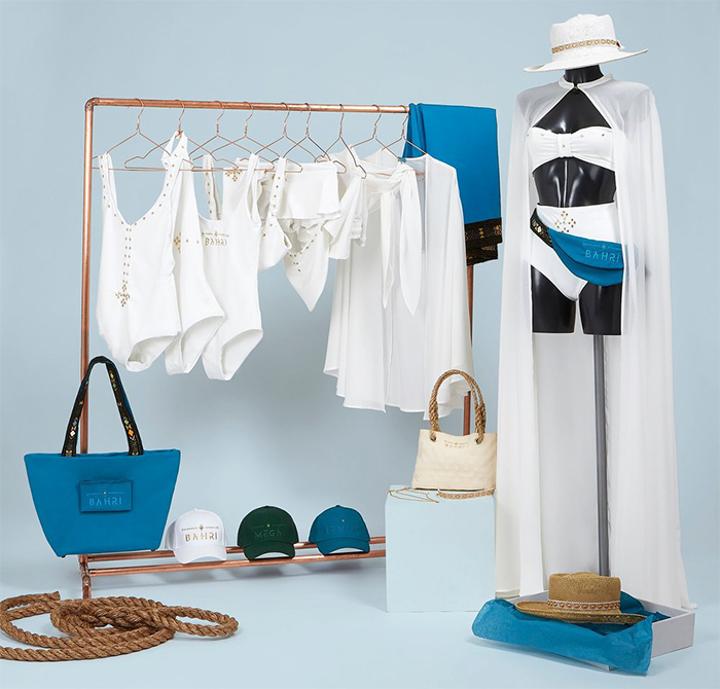Africa-Press – Eritrea. I am not sure if ‘Fashion terrorist’ altogether is a meaningful word but the first time I heard it was on my freshman year in college, no one explained what it really implied, so I just couldn’t guess what it meant. During my sophomore, I became a roommate with a student who many of the students considered a ‘fashion terrorist’ and the definition became clear to me. She always dressed up in odd and fashionably-outdated flamboyant pants, denim jackets, colorful yet disturbingly mismatched skirt and shirt. I constantly wondered where she got those outfits; she finally revealed to me that most of them were her mom’s and that her family has the culture of not throwing out cloths. At that time, I only assumed that their habit was weird but now I admire their culture, because I believe now that it is one way of saving our planet.
Fashion is known to be ruled by trends that come and go quickly, which encourages consumption. Countless costumers especially in the western world still love brand-name and designer items, and this isn’t expected to change any time soon fueling the never ending fast fashion scenarios. Fast fashion corporations release new collections onto sales floors almost every week. If those new collections are not bought they are removed from the shelves and thrown to landfills. The Pulse of the Fashion Industry’s 2019 report states that billions of pounds of textiles and clothing end up in landfills each year, less than one percent of all clothing materials are recycled into new garments. It summarizes that “much of today’s production is designed neither for longevity nor recycling, but rather for short life cycles to encourage consumers to buy anew. The environmental impact of these short lived clothes is dangerously high, starting from the way they are produced till they reach landfills. That’s why so many brands are trying to promote eco-friendly measures and join to the recently popular movement “slow fashion”.
Slow fashion is the widespread reaction to fast fashion. It is thoughtful, intentional, and holistic. With slower production schedules, small batch collections, and zero waste designs, slow fashion brands aim to reduce the textile waste clogging landfills. Instead of chasing trends, these companies utilize enduring styles with layering options and create pieces that are classic and versatile. This gives customers the ability to keep garments for a lifetime. In slow fashion, each designer is encouraged to produce locally, meaning using local workforce and resources. The idea of slow fashion became rampant after Elizabeth L Cline, a fashion columnist, published ‘Overdressed: The Shockingly High Cost of Cheap Clothing’. However, the term slow fashion was coined by Kate Fletcher, professor of Sustainability, Design, and Fashion at the University of Arts in London’s Centre for Sustainable Fashion, after the slow food movement grew popular.
I believe in Eritrea we have the culture of recycling. It might not be as big as the slow fashion movement but we do apply the basic principles of this movement. The recycling starts since we were infants, our mothers do know how to keep all our baby clothes and pass it on to our younger siblings then the cycle continues with our age almost lasting our life time. If these clothes are worn out in the cycle they are reused as mop. We also have thrift shops. Regardless of the overflow of our local clothing markets with low quality outfits manufactured in different corners of the world, we have traditional clothes like “Zuria” produced by in-house tailors or small retailers often using chiffon, and organic cotton to create pieces sturdy enough to weather and gentle enough to keep the environmental impact low. Unlike clothes produced by fast fashion corporations, our traditional clothes don’t need to be that trendy, most people agree the vintage they are the more beauty in them. I get it; traditional clothes may not be as practical as sweat pants, yet with the upcoming of new designers who incorporate the traditional clothes with our daily type of outfits, we could bid farewell to fast fashion. A good example of this is a new traditional brand called ‘Bahri’.
According to the New Yorker magazine 2019 report, seventy-five percent of fashion supply chain material ends up in landfills. This amounts to ‘the equivalent of one garbage truck of textiles per second, meaning the fashion industry is on the top five industries that are aggravating global warming’. Sadly Africa is the most-exposed region to the adverse effects of climate change despite contributing the least to global warming.
In addition to the environmental impact, fast fashion has caused the exploitation of resources and labor. Most workers in this industry are from countries that are underdeveloped or developing. Africa being one of the top cotton producers and exporters, prices of clothes is expected to be cheap but that’s not the reality. Most of the cotton plantations are owned by companies established in the developed world, the working condition in those plantations is horrible, child labor is considered normal, above all the employees’ wages barely enables them to buy clothes that are imported from the same countries were the cotton was exported to.
We are living in a world were economy has a market-driven aspect. This means that consumers are encouraged to always buy more and producers are encouraged to always produce more. Slow fashion is more slow, local and quality-oriented. Therefore, it does not fit well in the global economy model. Accordingly, several research papers challenge the longevity of slow fashion in a market-driven society. However the effect of fast fashion is far worse than the economy it provides, especially to underdeveloped countries. So I think what is needed is, encourage local designers and maintain the continuity of our traditional attire to save our planet.







